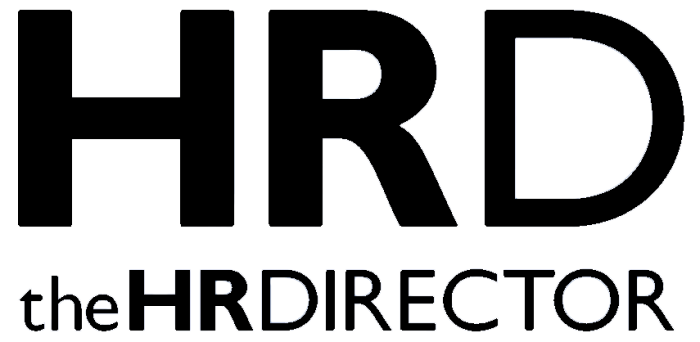Compliance has moved out of the legal department and into the boardroom. For today’s leaders, it’s not about red tape – it’s about competitive edge and building the future responsibly.
The rules of business are constantly being rewritten, and regulatory change has become a defining feature of executive leadership. Across sectors, executives are facing increased scrutiny over data protection, sustainability disclosures, and workforce ethics. From ESG disclosures to AI governance and cross-border data privacy, the compliance landscape is more complex and dynamic than ever.
More countries are adopting different regulations around ESG and DEI, and companies operating across borders face the challenge of meeting inconsistent – and sometimes conflicting – requirements. This puts added pressure on businesses to stay aligned, agile, and legally sound in every market they operate in*.
These are no longer siloed responsibilities – they’re board-level concerns that affect shareholder value and public perception. For today’s C-suite, navigating these shifts isn’t just about checking boxes – it’s about maintaining trust, building resilience, and staying ahead of risk.
“Compliance is not a universal constant,” says Matheko Waleng, Consultant at Signium Africa. “It varies dramatically by industry, geography, and business model. Along with constant changes, this is what makes compliance such a balancing act for compliance-focused teams and executives alike.”
The compliance landscape: Why are regulations so critical?
In its simplest form, compliance means that a company follows all the laws, rules, standards, and ethical practices that apply to its business. For C-suite leaders, that definition is just the starting point, as they must consider regulations specific to their industries.
- In financial services, compliance focuses on preventing fraud and maintaining transparency through regulations like Anti-Money Laundering (AML), Know Your Customer (KYC), and Basel III frameworks.
- In healthcare, it’s about protecting sensitive data and ensuring patient safety – for instance, the Health Insurance Portability and Accountability Act (HIPAA) in the U.S. specifically governs the privacy and security of medical information.
- In any business that handles personal client data, regulations like the General Data Protection Regulation (GDPR) in the EU and South Africa’s Protection of Personal Information Act (POPIA) exist to protect individuals’ personal information and enforce responsible data processing.
- In manufacturing, compliance includes safety protocols, environmental sustainability, and adherence to product standards such as ISO 9001 or Environmental, Health and Safety (EHS) regulations.
The consequences of non-compliance can be staggering. In one grave violation, Boeing misled the Federal Aviation Agency (FAA) by intentionally providing false and incomplete information during the certification process of the 737 MAX. This failure to uphold regulatory transparency allowed Boeing to bypass additional scrutiny of critical safety systems, pilot simulator training requirements, and certification delays – all of which carried significant financial implications.
This compliance failure was a contributing factor in two fatal aircraft crashes, which claimed the lives of 346 passengers. In 2021, the U.S. Department of Justice charged Boeing with conspiracy to defraud the United States, and the company agreed to pay over $2.5 billion in a settlement that included a criminal monetary penalty, compensation to affected airlines, and a fund for victims’ families.
“Compliance often gets a bad rap,” says Waleng. “But regulations aren’t about excessive bureaucracy or control – at their core, regulations exist to protect. They exist to uphold safety, fairness, and the well-being of people, businesses, and the planet. The Boeing saga shows how swiftly things can unravel when compliance is disregarded and why the red tape was there in the first place.”
Staying informed is the cornerstone of regulatory readiness
Leaders don’t need to become compliance experts, but they do need a system for staying informed and responsive. The pace of regulatory change calls for continuous learning, supported by both internal teams and external resources. Timely regulatory insight is the vital step that enables leaders to prepare for what’s ahead, instead of scrambling once it arrives.
Here are some tips to help executives stay informed:
- Partnering with regulatory specialists enables leadership teams to cut through the noise, identify what’s relevant to their industry, and assess its impact on strategy.
- Make regulatory updates a regular feature in executive meetings to ensure leadership stays aligned and ready for change.
- Ensure that compliance officers have board-level visibility and influence. Regular feedback loops between business units and compliance teams allow for early detection of risks and a shared understanding of how regulatory shifts affect operations, innovation, and reputation management.
- Subscribe to curated legal news services like Lexology or JD Supra for sector-specific updates.
- Consider joining associations such as the International Association of Privacy Professionals (IAPP) or the World Business Council for Sustainable Development (WBCSD). These organizations offer regulatory insights, access to peer dialogue, compliance toolkits, benchmarking data, and policy trend forecasts.
Waleng offers a reminder: “Staying informed is only half the equation. It’s equally important to be able to interpret regulations through a strategic lens and discern what they mean for business on the ground. To do this, leaders must foster close collaboration with internal compliance and legal teams.”
3 Ways to embed compliance into corporate DNA
Too often, compliance is treated as a reactive function. However, in today’s landscape, the most resilient companies are those that view regulatory management as an integrated business capability.
Waleng urges organizations to adopt a proactive mindset toward risk management: “Embedding compliance into corporate DNA means that the business is ready at every turn, every level – not only to respond to change smoothly, but to make smarter, faster decisions when it matters most.”
- Establish awareness across the organization
C-suite leaders play a critical role in setting the tone for ethical behavior and risk management. When compliance is woven into the fabric of company culture, it moves beyond checklists and becomes part of day-to-day decision-making.
Ways to build this culture include:
- Speaking openly about the value of compliance via leadership communications
- Including ethical behavior in performance reviews and incentive structures
- Appointing compliance ambassadors across business units
- Conduct internal and external risk assessments
Proactive companies regularly assess how their operations align with evolving regulatory expectations. This often includes:
- Structured audits using internationally recognized risk management frameworks such as ISO 31000 or COSO ERM. These help leaders evaluate both internal processes and external vulnerabilities across supply chains, political shifts, and legal reforms.
- Actively mapping political, legal, and environmental changes to organizational vulnerabilities
- Regular reviews of third-party vendors and supply chains help organizations identify potential compliance risks that may lie outside their direct control. This can include evaluating whether partners meet relevant regulatory standards, adhere to ethical sourcing practices, and maintain data protection protocols.
- Develop a fit-for-purpose compliance framework
A structured approach to compliance isn’t just good practice – it’s essential for accountability, agility, and audit readiness. At a minimum, this framework should include:
- Clear, well-communicated policies with defined roles and escalation paths for reporting concerns or breaches
- Targeted training programs tailored to specific roles and refreshed regularly to reflect new risks and regulations
- Centralized documentation and tracking to support both internal oversight and external audits with ease
“The goal isn’t just to comply,” says Waleng. “Compliance is simply a means to an end – the goal is to create an environment where consistently doing the right thing fosters trust and transparency.”
Less guesswork, more insight – Compliance gets smarter with technology
Technology doesn’t eliminate the need for human judgment, but it enhances it, providing executives with the intelligence needed to act swiftly and strategically. By making this kind of data more readily available, digital tools are transforming how organizations manage risk and regulatory obligations.
With the right technology stack, executives can shift from reactive firefighting to predictive, real-time decision-making.
❖ Software designed for risk management
Smart platforms like NAVEX, LogicGate, and ComplyAdvantage make it easier to stay on top of regulations. From tracking risks to managing audits, they give leaders the visibility needed to spot problems early and act quickly across teams and geographies.
❖ Data analytics for better oversight
Analytics tools reveal where things might be going wrong – from repeat policy breaches to gaps in staff training. They also help forecast future compliance risks, giving leadership the insight needed to strengthen systems before issues arise.
❖ Real-time monitoring tools
Real-time monitoring tools, including AI-powered platforms like Behavox and Axiom, allow organizations to monitor internal communications for early signs of misconduct and automate due diligence across global supply chains. Tools like these give leadership a clearer picture of what’s happening inside and outside the business.
Compliance in action: How Novartis turned ethics into everyday action
Pharmaceutical giant Novartis offers a compelling example of how large, complex organizations can integrate compliance into the heart of corporate culture. Following reputational challenges related to past misconduct, Novartis launched a wide-reaching transformation led by its Chief Ethics, Risk and Compliance Officer, Klaus Moosmayer.
Moosmayer once wrote, “By embedding ethics in our decision-making, we strengthen our relationships with stakeholders and contribute to a fairer, more accountable healthcare ecosystem.”
Key initiatives included:
- Creating a global network of “ethics partners” embedded within business units
- Incorporating compliance insights into R&D, procurement, and marketing decisions
- Leveraging data to track ethical decision-making across regions
The result? Novartis now stands as a leading example in the health sector of stronger governance, empowered employees, and deeper stakeholder trust.
Compliance is a strategy, not a burden
If there’s one constant in regulatory affairs, it’s change. The next wave of compliance challenges will demand even more foresight and flexibility from the C-suite.
Emerging focus areas include the following:
- AI governance
The EU AI Act, passed in 2024, introduces a tiered risk approach to AI usage, setting the tone for global regulatory frameworks.
- Climate disclosure
The U.S. Securities and Exchange Commission (SEC) and the EU are finalizing mandatory climate risk reporting standards that could affect financing, investor relations, and public reporting.
- Digital trade and data sovereignty
Growing calls for harmonized standards across borders will shape global operations, particularly around cybersecurity, intellectual property, and digital taxation.
To stay ahead of what’s coming, leaders should take a forward-looking approach to regulation. This means engaging in scenario planning to explore how future policies could impact the business, benchmarking internal practices against global peers, and actively participating in cross-industry forums – not just to stay informed, but to contribute to shaping regulations that are both practical and effective.
Waleng acknowledges the pressure leaders face in managing risk and navigating governance challenges: “Regulatory change can feel like a moving target,” she says. “But it’s also a chance to lead with purpose, building smarter and stronger businesses. When integrity is interwoven into an organization, compliance becomes more than a requirement or even a strategic advantage. In the bigger picture, the future holds no reason for fear if you’re building it responsibly.”
www.signium.com







